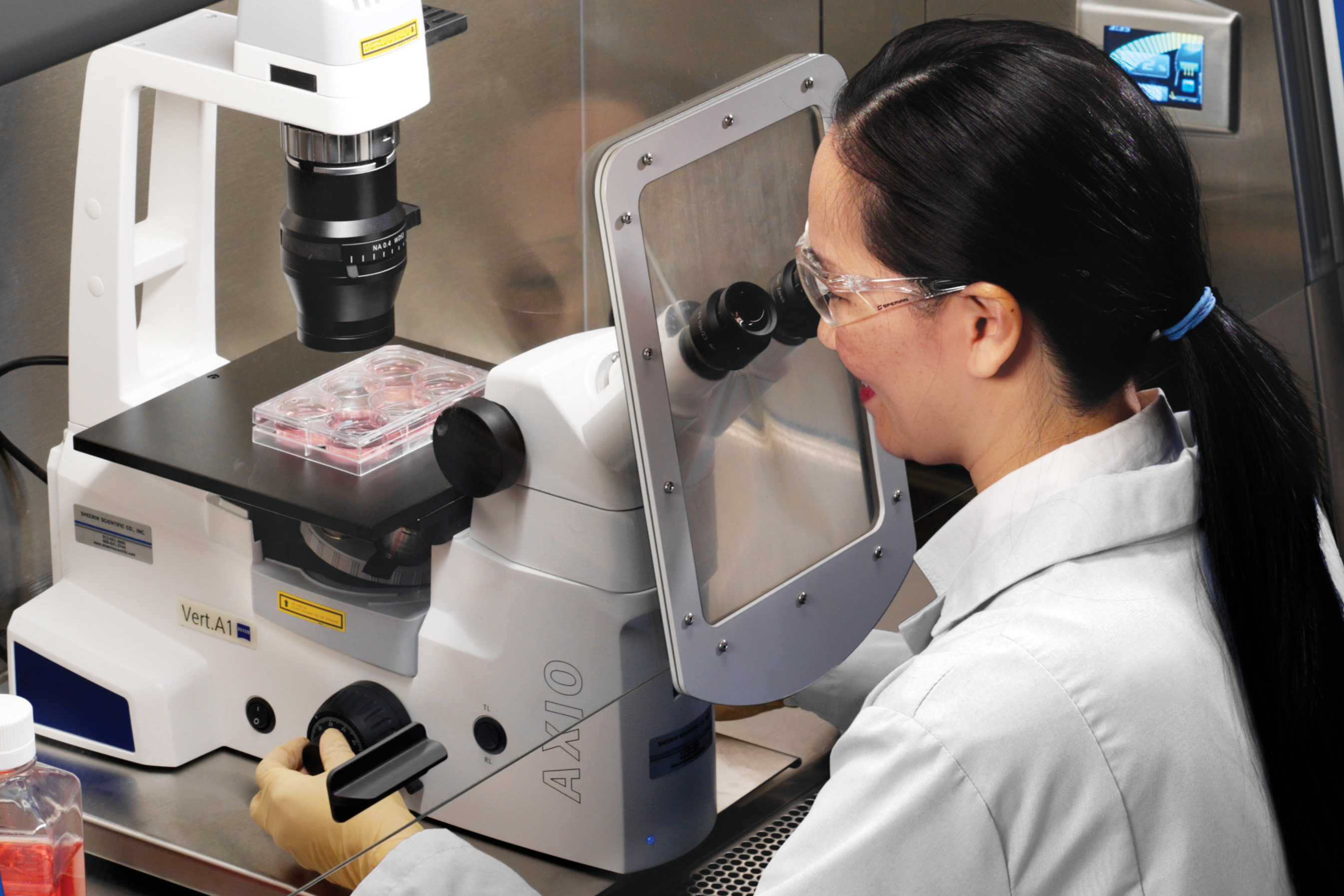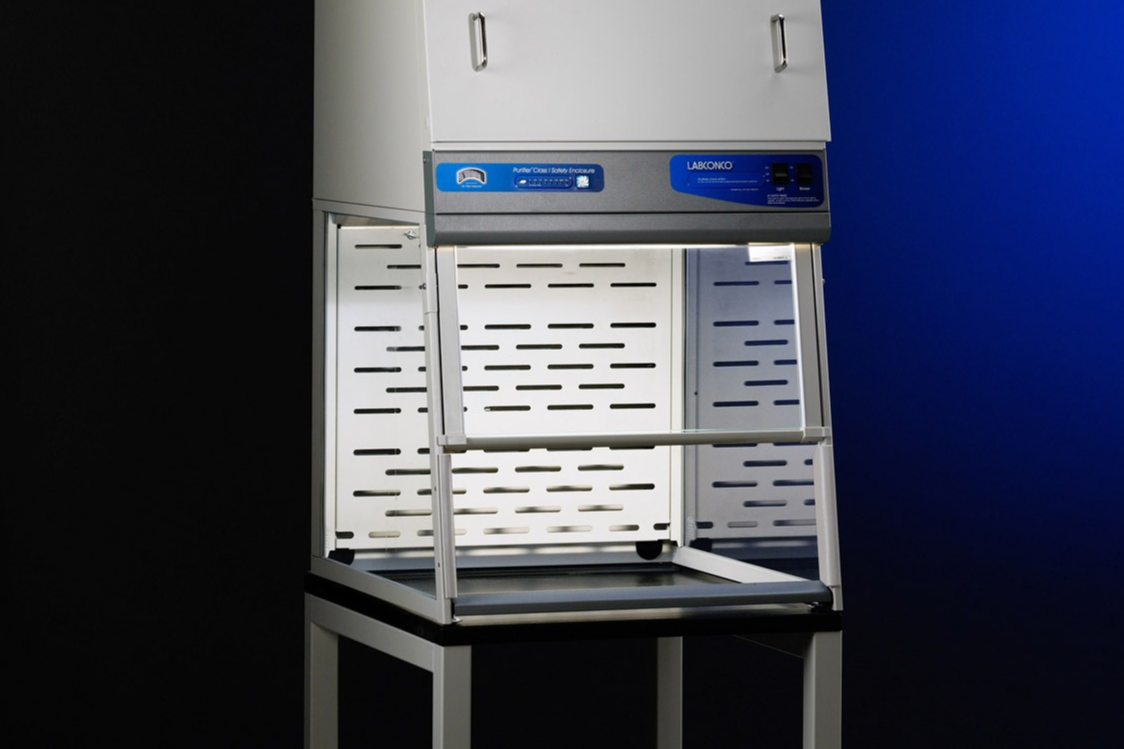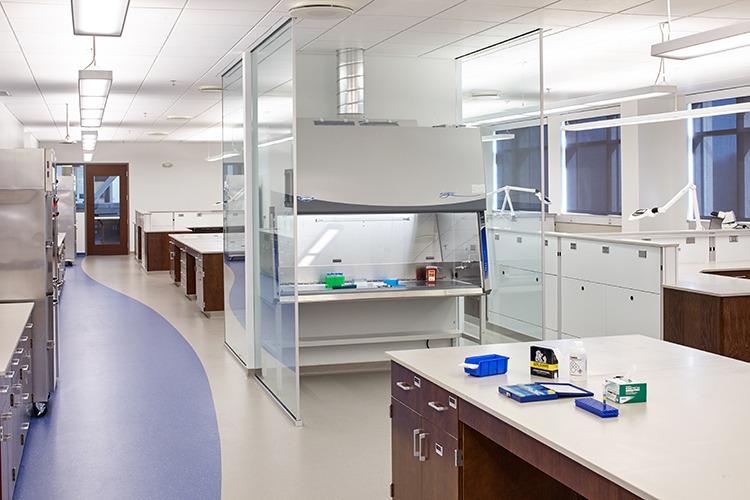Designed for biosafety
Articles from Labconco Corporation
An inexact science: Biosafety risk assessment



A Chicago man was evaluated in September 2009 with fever, body aches, and a cough. Three days later, with worsening symptoms, an ambulance delivered him to the emergency room of the hospital where he died. Over the next week it was determined that the man had died from an attenuated strain of Yersinia pestis – the microbe responsible for the plague – acquired in the lab where he worked. Biosafety protocol begins with risk assessment.
Creating a culture of safety
Even basic microbiological work has some associated risks. Oftentimes it is not only necessary to protect the person sitting at the face of the cabinet, but also the science taking place inside on the work surface. It's with this eye toward protection that laboratories have turned to the use of biosafety cabinets, allowing their technicians to properly and safely handle biosafety agents requiring BSL 1, 2 or 3 containment.
On-Demand Webinar
Future-Proof Biosafety Cabinets
A Guide to Selecting the Right BSC
Class II biosafety cabinets (BSCs) are important tools in many types of laboratories. In this webinar you will learn about the different types of BSCs, how to choose a specific BSC style, and how to ensure that your BSC will last for years to come.

Learning Objectives:
- Understand the different Class II BSC Types
- Understand exhaust requirements for Class II BSCs when working with volatile chemicals
- Learn about the flexible configurations of Type C1 BSCs





